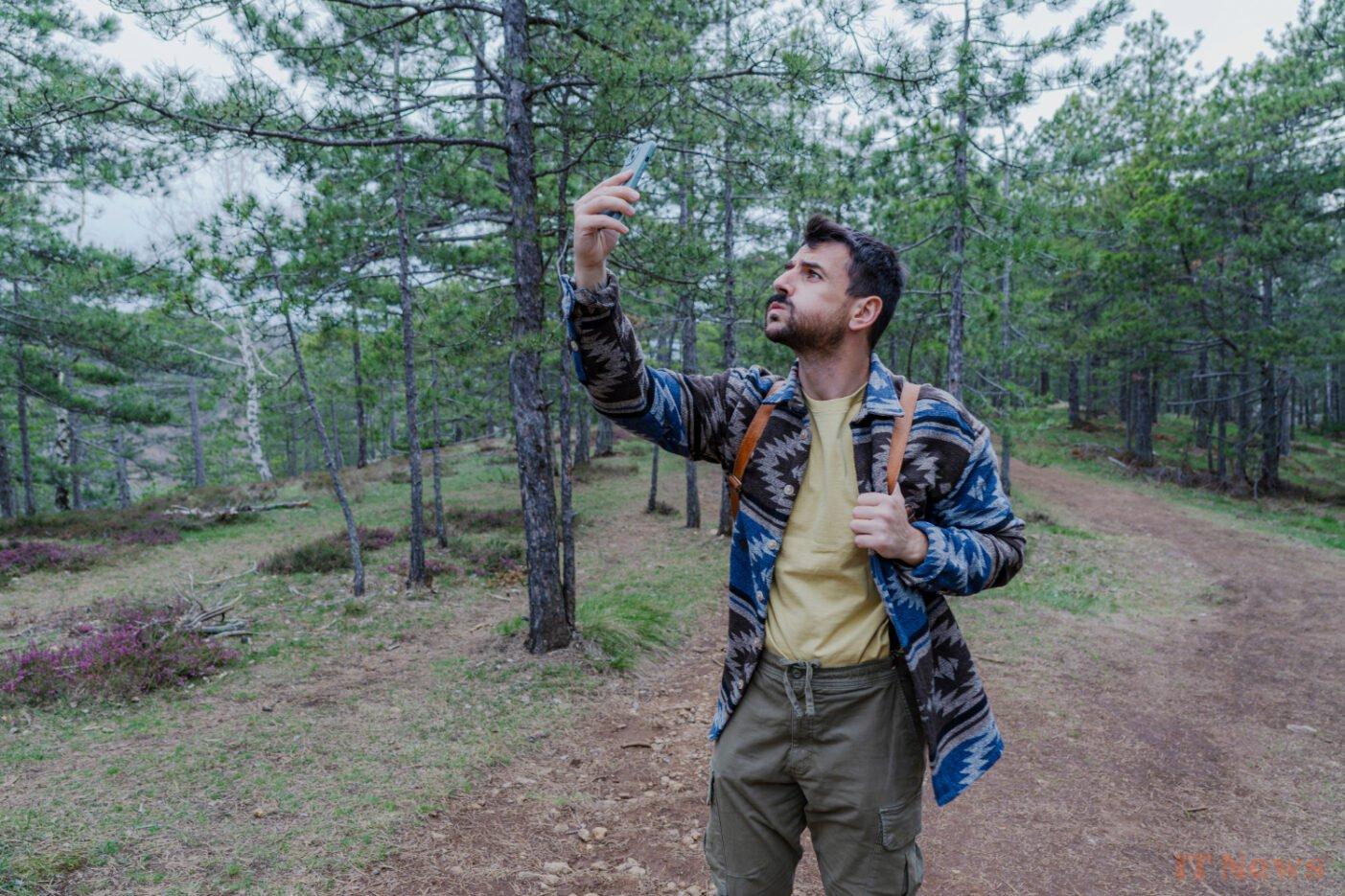The Direct to Cell service aims to allow millions of users to stay connected, even where there is no terrestrial mobile network. And the best news is that this connection will be free for certain functions... provided you have a compatible smartphone.
Global coverage without antennas or apps
Starting in July 2025, the first smartphones compatible with Starlink Direct to Cell will be able to connect directly to the satellite network, without using a box, a satellite dish, or a relay antenna. This service, already in advanced testing, is based on a constellation of satellites capable of communicating directly with our phones, just like a traditional 4G antenna. No accessories or specific applications are required: everything happens in the background, completely transparently.
The service will first be launched in the United States through a partnership with the operator T-Mobile, then gradually expand to other regions of the world. New Zealand is also in the running. In France, no official date has yet been announced, but discussions are reportedly underway with several operators.
A free, but limited (for now) service
But be careful, because this free connectivity will not replace your standard plan. It is only activated in the absence of traditional mobile coverage, in other words, in the so-called "white zones," whether you are in the mountains, at sea, or in the middle of the desert. And above all, it will be limited to certain functions.
In concrete terms, compatible smartphones will be able to send and receive text messages, share their GPS location, and make emergency calls. This trio of services is primarily aimed at safety, ensuring minimal communication where traditional networks are absent. In the event of an accident, breakdown, or location need, this satellite connection could make all the difference.
Eventually, Starlink plans to expand the range of possibilities. Voice calls and internet access (even low-speed) should follow by 2026-2027. But for the first few months, you'll have to make do with the bare minimum for occasional use.
Which smartphones are affected?
Good news: you don't need a brand new or high-end device! Compatibility relies on support for the frequency bands used by Starlink and an appropriate software update. To date, several models have been confirmed as compatible, mainly from Apple, Samsung, Google, and Motorola.
At Apple, the iPhone 14, 15, and 16 are on the list. Same thing at Samsung, with the Galaxy S21, S22, S23, S24, S25, and recent A or Z models. Google's Pixel 9 and the latest Motorola models (Razr, Edge, Moto G 5G, etc.) will also be included. T-Mobile also offers its own compatible models, such as the REVVL 7.
Compatibility will also depend on the country, the operator, and any agreements with Starlink. In France, we are still waiting for official announcements on this point.
A major step forward for dead zones
This ambitious project is part of a broader desire to eliminate dead zones worldwide. Starlink promises complete coverage, whether you're in the middle of a forest, hiking, or on a sailboat in the middle of the Atlantic. For professionals on the move, emergency services, travelers, or residents of rural areas, this represents a major step forward.
It is not yet a replacement for the traditional mobile network, nor an alternative to fiber or 5G, but a powerful and autonomous backup system. And in many cases, it's precisely when everything else falls apart that this kind of technology becomes essential.
And in France?
For the moment, nothing has been signed between Starlink and the French operators, but everything suggests that the arrival of the service in France is only a matter of time. Starlink coverage is already operational for fixed Internet connections, and the satellite infrastructure continues to expand. We'll have to keep a close eye on announcements from Free, Orange, Bouygues, and SFR in the coming months.



0 Comments